How ageism is killing the construction industry.
BY NATHALIE LYNTON - DIRECTOR OF SHARED AND HALVED CONSULTING
We often think about ageism - prejudice or discrimination on the grounds of a person's age, as being a problem encountered by those over 50. It’s why many people over 50 feel like they can’t job hunt, and why many believe they plateau in terms of career progression at around the same age.
However, it’s a hot topic in the construction industry (particularly amongst specialised fields such a fire engineering and building compliance) that a lack of emerging talent is resulting in an ageing workforce. Many people think that these industries aren’t perceived as prestigious or glamorous, whilst others believe the slow uptake of technology and lack of awareness are to blame. But I have another theory.
In my area of expertise (HR) it’s becoming known that whilst many workers over 50 (or sometimes 45) feel they’re discriminated against based on their age, that discrimination against millennials (those younger than 25) is AT LEAST as common. The data shows that mature workers are considered 91% more reliable and 88% more professional that millennial workers, and that many felt as though millennials made major mistakes throughout the recruitment process such as dressing inappropriately and failing to ask questions that convey their interests in a job or company.
So, the data establishes that at the very least prejudice lies on both ends of the age spectrum, but let’s examine how this could be related to a supposed ‘talent shortage’ in the building industry’s professional services sector.
Anecdotally, the under 30’s or under 35’s have been told point blank that they are ‘too young for the promotion’ and that they lack experience when the promotion called for the exact amount of experience that a candidate had. Likewise I’ve heard of men growing beards to appear older and using their non dominate left hand to gesture toward whiteboards at meetings so the audience catches a glimpse of the wedding band in the hope they will be seen as more mature and responsible to the audience.
By the sounds of it you’re right age for about 5 minutes! This is to the detriment of the industry as a whole, because you end up working with an echo chamber, and out of that sameness nothing new can flourish. With a workforce that is over 50, we’re startled by the high median worker age, but with a workforce that is also predominantly male, we see two demographic markers that indicate an overall lack of diversity within the sector.
Diversity in an organisation is a clear marker of a robust and nimble workplace. In general, organisations that don’t have a diverse workforce, tend to lack innovation, new ideas, conflicting perspectives, workplace flexibility and more often than not the bottom line is affected. And that’s a problem, because whilst we’re learning that much of what people believe about Millennials in the workplace isn’t true, we can conclusively say that flexibility and a diverse workplace rate highly on their list of desirables.
So far, ageism seems to be responsible for the lack of emerging talent moving into and succeeding in the industry. But, this lack of diversity also affects the other end of the age spectrum.
Research is showing that the perception that older workers don’t like and are incapable of implementing, learning and using new technologies is completely incorrect. With these ingrained beliefs in the industry (and no new and diverse opinions to question them) it not only taints the reputation of the industry, but also underestimates the skills and experience of those already working within the industry.
Let’s rewind a little. Whilst research has shown that while different generations do prefer different processes and methods of communication, there is no single generation that is more or less capable of learning or using new technologies. Over 55s are the largest growing segment of social media users, and Alex Matriz (Associate Professor of entrepreneurship at Swinburne University of Technology) firmly believes that Australia’s next wave of tech startups will come from the over 55’s age group. So, in the eyes of many Millennials, the over 50s age bracket is getting an unfair wrap for being less technologically savvy.
So, when I hear cries of the talent shortage in the construction industry, it’s clear to me that we’re not short on talent, but short on ways in which to help our talent (on both ends of the age spectrum) achieve success in a modern workplace. And short on opinions and people that challenge the way we’ve always done things. It’s not a branding issue, or and age issue, or a reputation issue, it’s a diversity issue, plain and simple.
So, how do we fix it? Some say blind promotion and recruiting is an answer. This is where the hiring manager has no idea as to the age, gender etc of a candidate in the pre-screening qualification process, in order to knock out bias. It’s certainly better than having NO strategic approach to increasing diversity within your organisation, but at some point the hiring manager will need to meet the candidates, so the blind process is not so blind.
Diversity is a tough issue, and it requires a strategy to improve. But like all things, it can be tackled one step at a time. What are some realistic steps you think your organisation could take to increase diversity? What are some of the barriers you’ve encountered to hiring younger or older workers in the industry? And what have you done to overcome them? I’d love to know!
Nathalie is is the director of Shared and Halved Consulting
and has years of experience working in the HR departments of some of the biggest organisations in Australia. Now, she works with small and medium businesses to help their staff thrive. You can find out more about Nathalie here.


